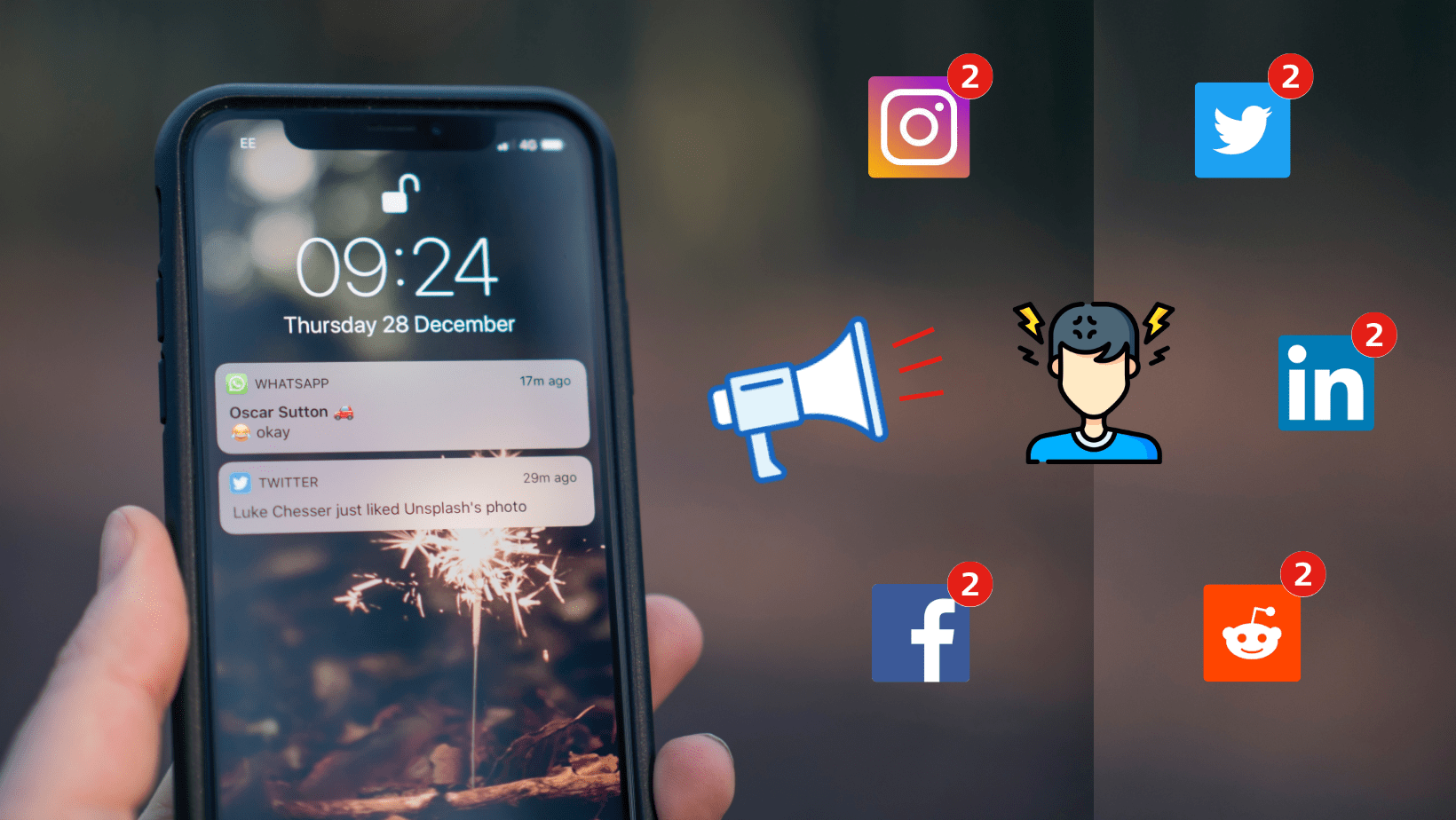In today’s digital age, social media has become an integral part of our daily lives. From scrolling through your Facebook feed to posting snapshots of your life on Instagram and engaging in debates on Twitter, these platforms have transformed the way we connect, share, and communicate. However, have you ever wondered why it’s so hard to put down your smartphone and stop scrolling? The answer lies in the intricate web of psychology that social media platforms have woven to keep you hooked. In this article, we will explore the underlying psychological mechanisms that make social media so addictive and how platforms optimize these features to retain users.
:max_bytes(150000):strip_icc()/link-between-social-media-and-mental-health-5089347-color-withtext-54a445186bb44974b059ac7b6494bcdf.gif)
- The Power of Notifications
One of the most potent psychological hooks that social media platforms employ is the use of notifications. These little red icons and pop-up messages trigger a release of dopamine, the “feel-good” neurotransmitter, in our brains. Each time we receive a like, comment, or message, our brain’s reward center is activated, reinforcing the behavior and compelling us to check our phones repeatedly.
To optimize this, platforms strategically space out notifications and use variable rewards, a concept borrowed from behavioral psychology. Users never know when they will receive that next like or comment, which keeps them coming back for more.

- The Scroll Forever Syndrome
The infinite scrolling feature, pioneered by platforms like Facebook and Instagram, capitalizes on our inherent desire for novelty. Psychologically, our brains are wired to seek out new information and experiences. When we scroll through an endless feed of posts, our brains are on a constant hunt for something fresh and exciting. This keeps us engaged for extended periods, as we anticipate the next interesting post just around the corner.

- Fear of Missing Out (FOMO)
Social media thrives on FOMO, a potent psychological phenomenon. We are hardwired to be social creatures, and the fear of missing out on social events, trends, or news can be overwhelming. Social media platforms exploit this fear by showcasing the highlights of other people’s lives, making us feel like we’re missing out if we’re not constantly connected.
Additionally, platforms display time stamps and indicate when a user was last active, fueling the need to stay online and engaged to avoid missing any updates.
- Social Validation
Humans inherently seek approval and validation from their peers. Social media capitalizes on this need by providing a platform where users can accumulate likes, comments, and followers. Every like or positive comment acts as a form of social validation, triggering a sense of accomplishment and self-worth.
To optimize this psychological aspect, platforms often display engagement metrics prominently and even offer features like Instagram’s “Likes Hiding” option to increase user interaction and dependence.

- Personalized Content
The algorithms behind social media platforms have become increasingly sophisticated, utilizing machine learning to analyze our preferences, behaviors, and interests. This data is then used to curate personalized content that aligns with our preferences, ensuring that we are consistently exposed to content that resonates with us.
This personalization not only keeps users engaged but also creates a sense of connection and loyalty to the platform.
10 Best Apps to Break Social Media Addiction
Conclusion
The psychology of social media is a complex web of behavioral triggers and psychological hooks that keep us glued to our screens. While these platforms offer numerous benefits, they are designed to maximize user engagement and retention. As users, it’s crucial to be aware of these psychological mechanisms so that we can maintain a healthy balance between our digital and offline lives. Understanding how social media keeps us hooked empowers us to make conscious choices about our online habits and to use these platforms in ways that enhance our lives rather than control them.

Leave a Reply